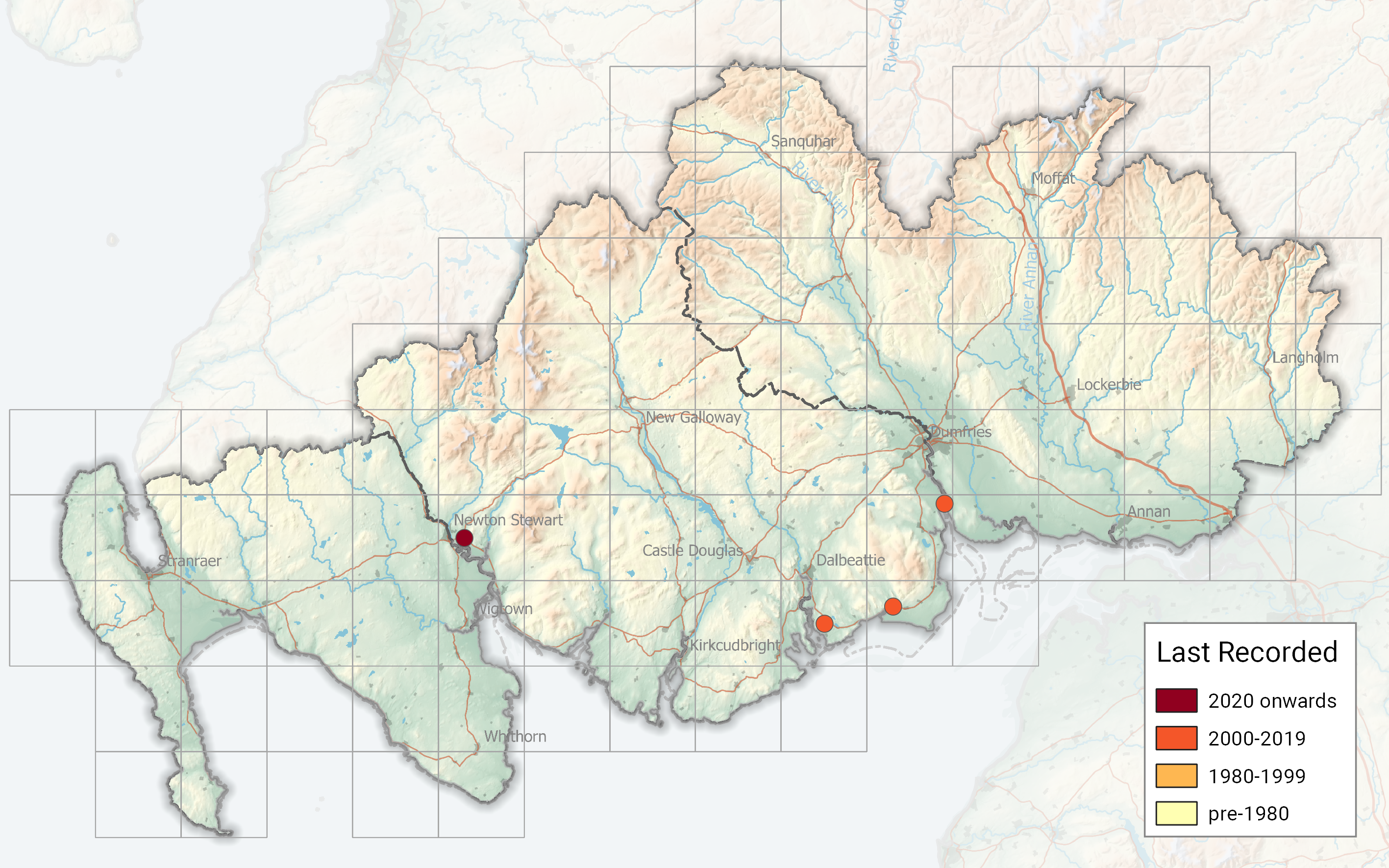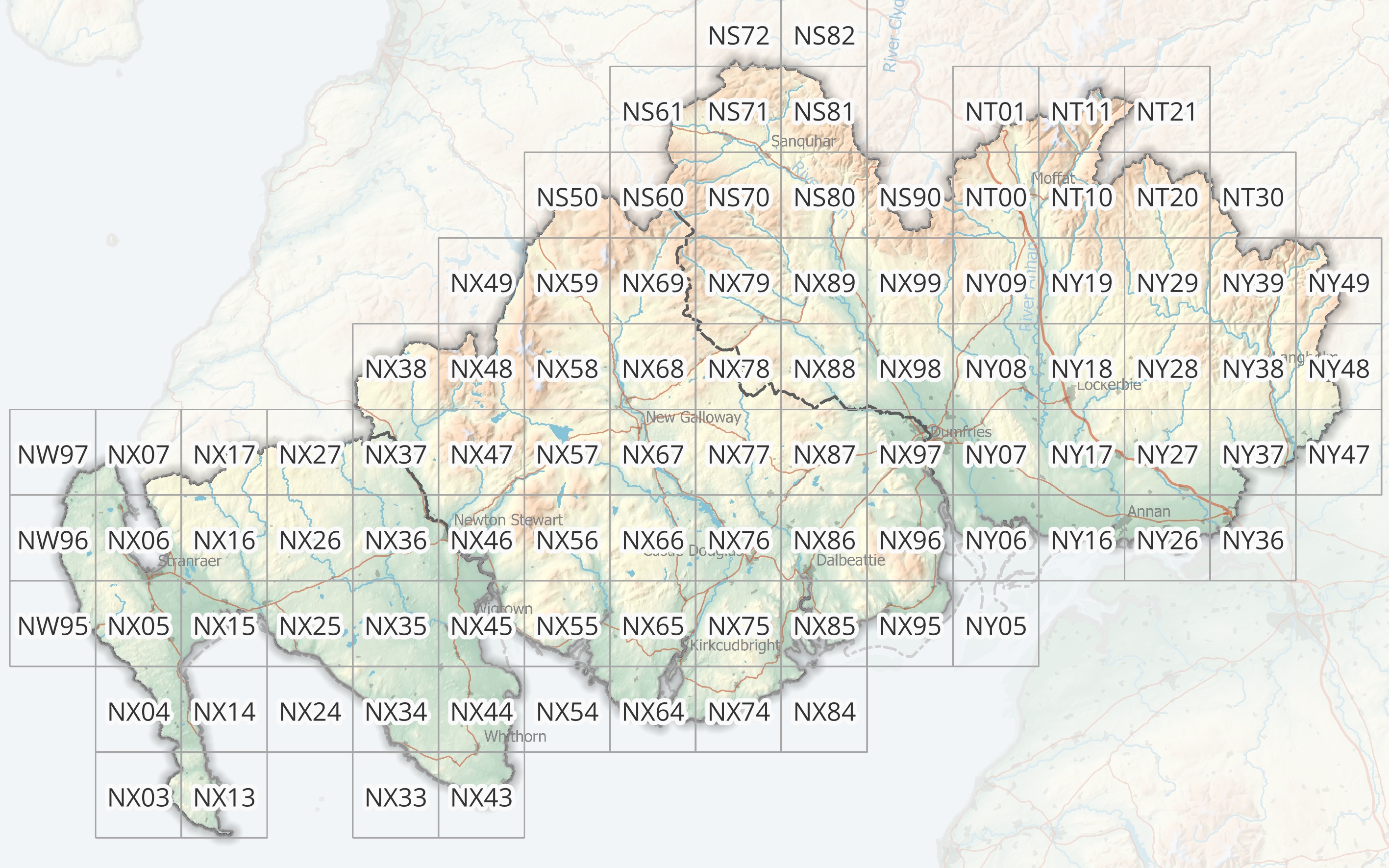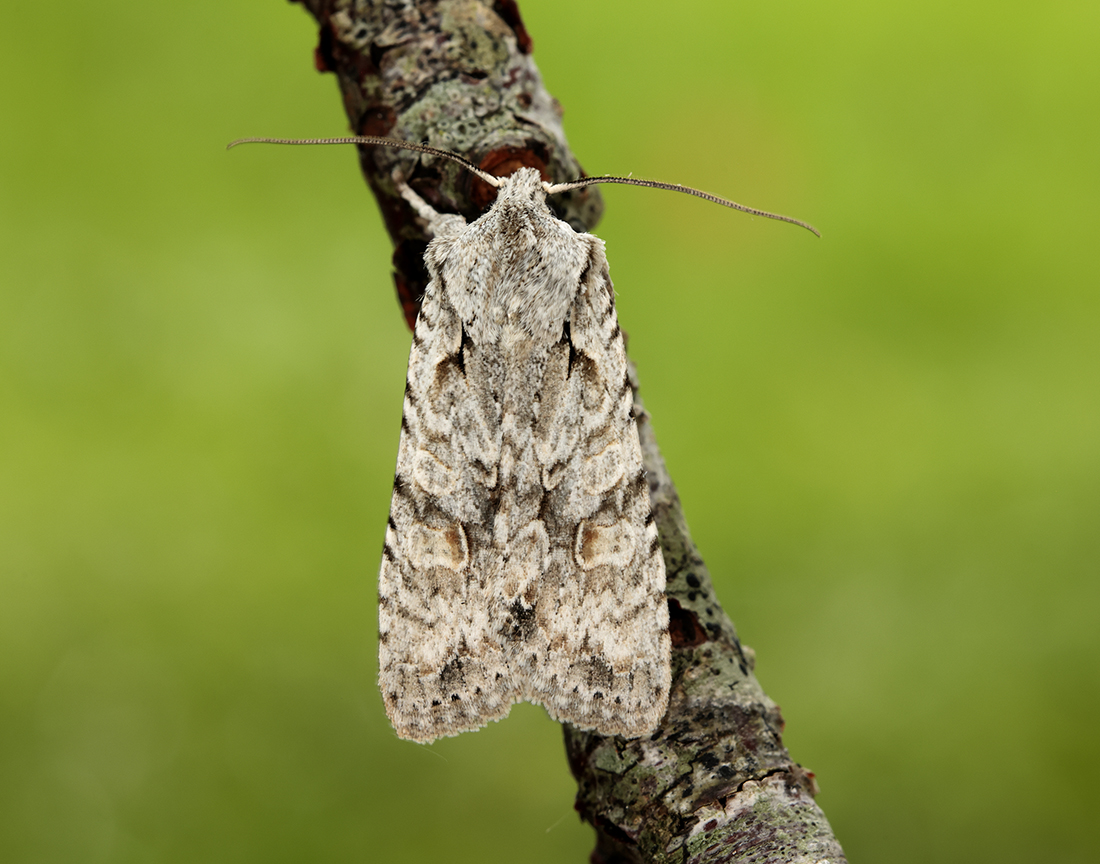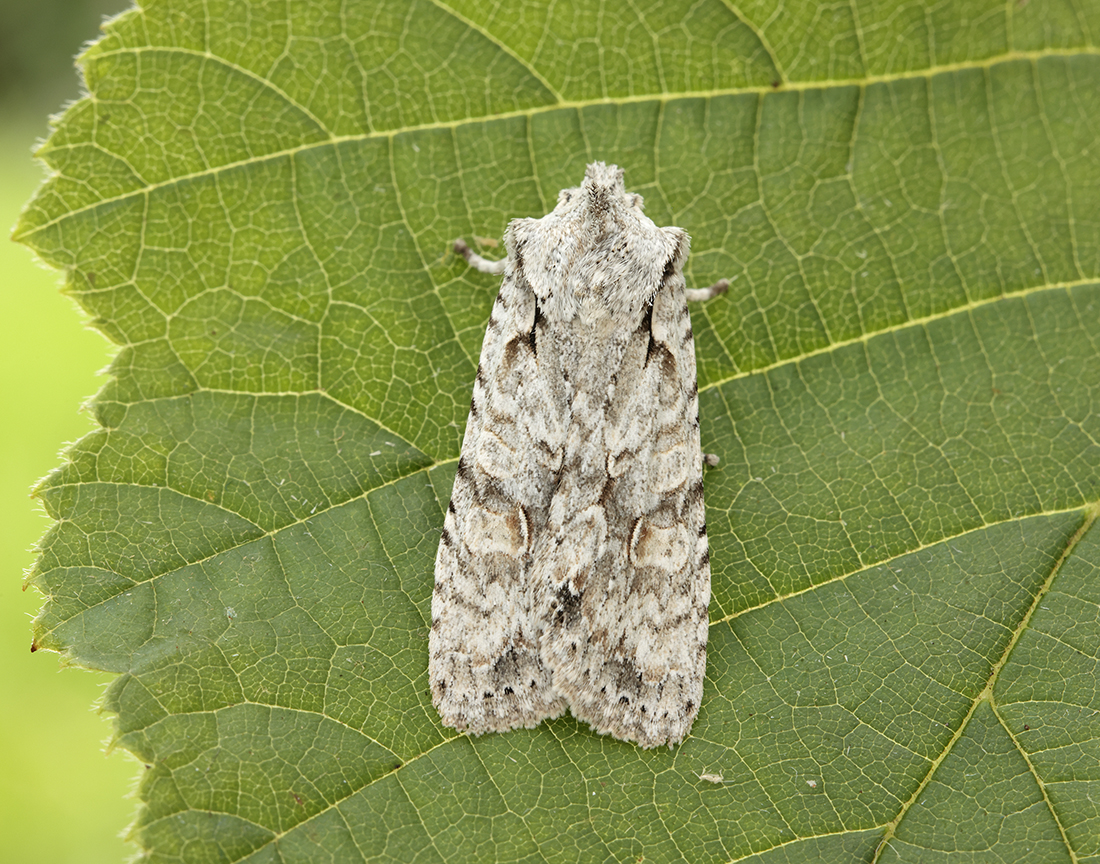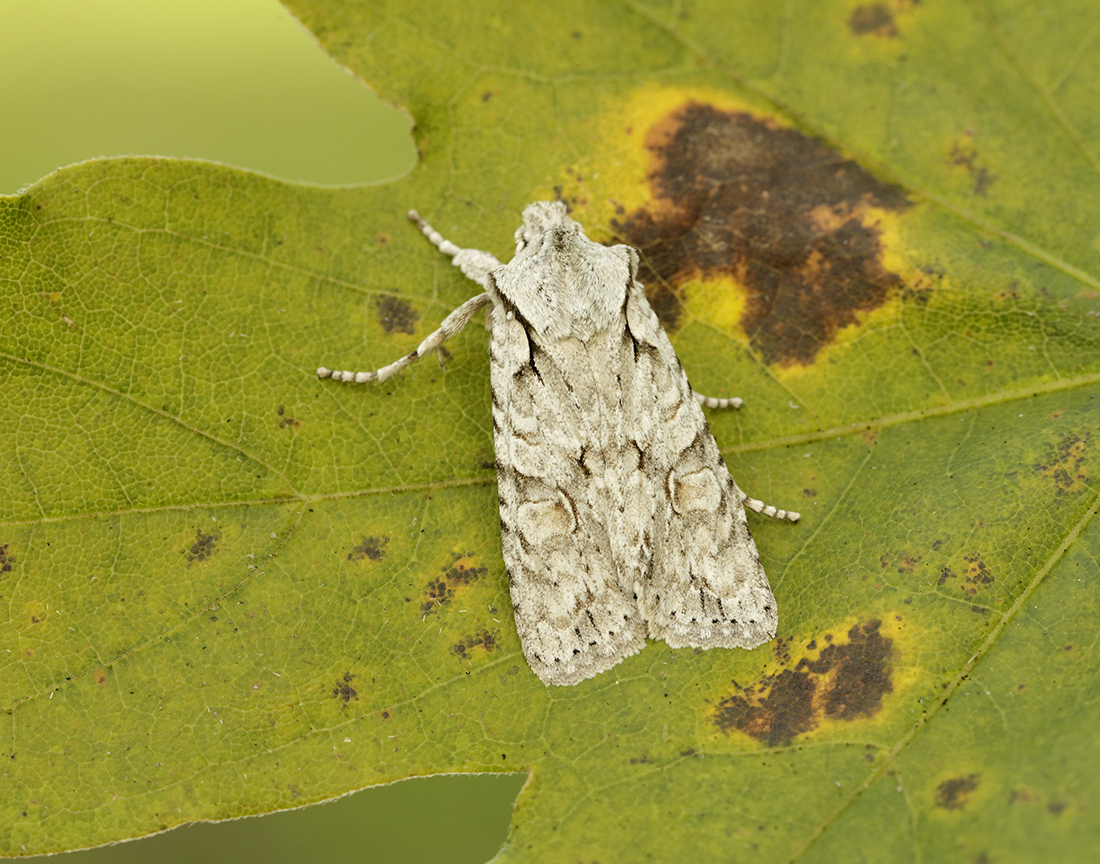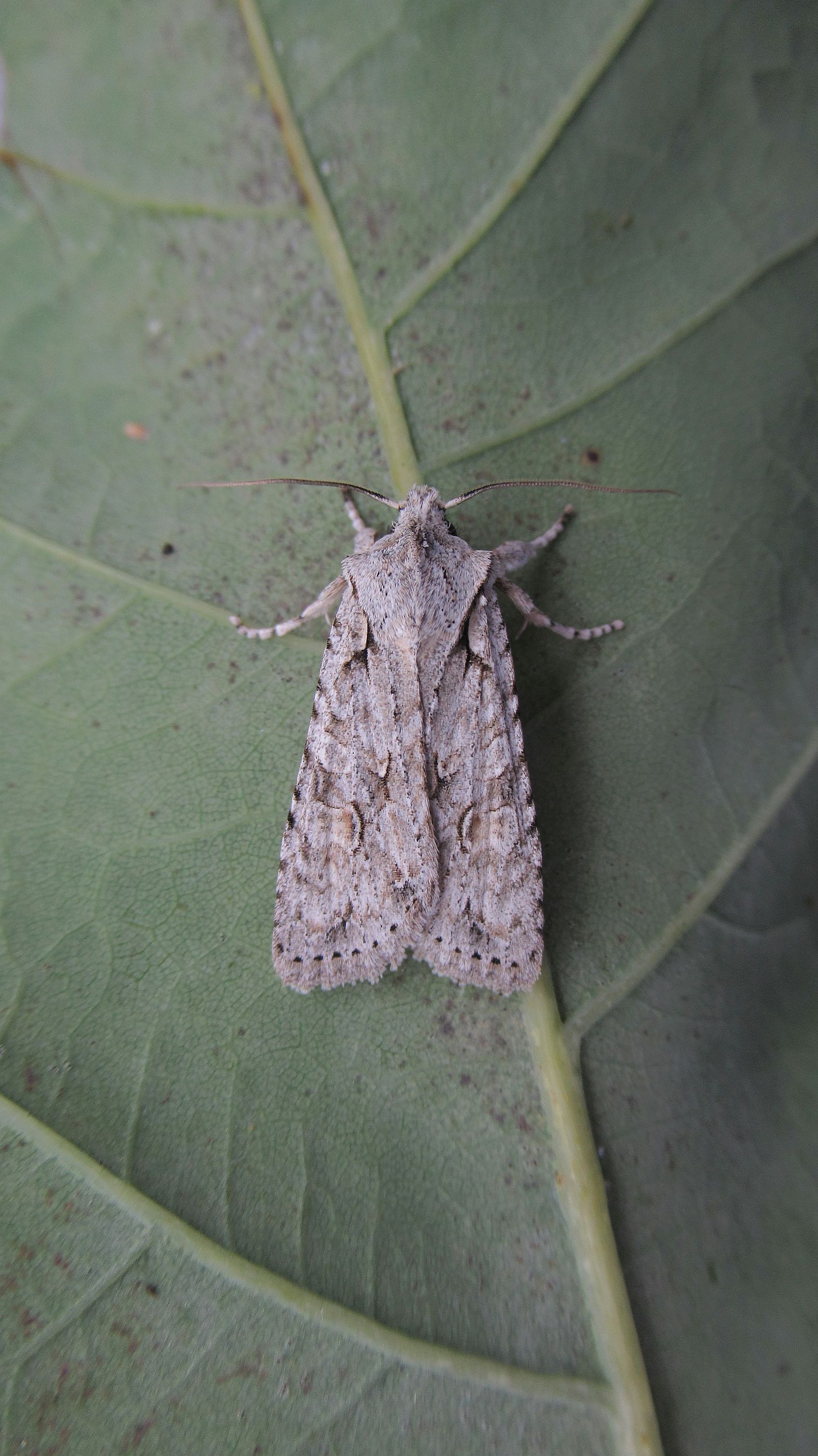Identification
Diagnostic feature is the bold, black, antler-like mark at the base of the forewing.
Recording method
Attracted to light. In autumn it is attracted to sugar, Ivy flowers and blackberries.
Life cycle
One generation. Overwinters as an adult. Flight season September-November, reappearing February-April. Larvae present May-July. Pupation takes place in an underground cocoon.
Larval foodplants
Oaks, particularly Pedunculate Oak.
Habitat
Broadleaved woodland.
History
The first record for Kirkcudbrightshire, D&G and Scotland was one trapped at Rockcliffe on 25 October 2017. The first for Dumfriesshire was at Glencaple on 12 October 2018. There were two other records, both in VC73, in the decade 2010-2020.
This species, once restricted to southern and central England and Wales, increased in abundance and spread into northern England in the early 21st century. It is expected to continue to spread in Scotland.

